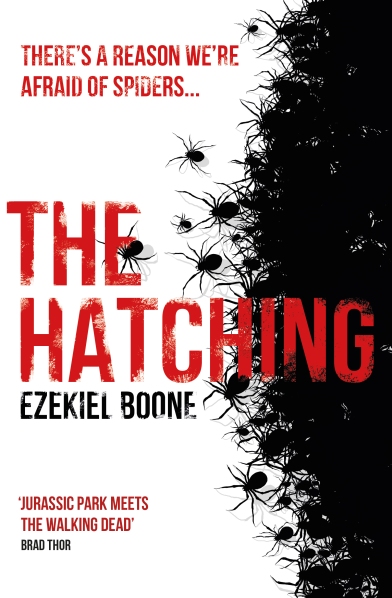Book #3 in The Guardians trilogy. A review of Book #1 of The Guardians trilogy can be found here: http://wp.me/p6N6mT-2K (Note: Although I read it, I did not post a review of Book 2.)

Cliffs of Moher, County Clare, Ireland
Readers who follow this blog are well aware that I love Nora Roberts. After first discovering her as a teenager, I have been an unabashed fan of her work since then and I have read — although people often doubt me! — every single one of her more than two hundred and seventy-five books. Nora Roberts consistently delivers exactly what I want in a romance novel (or, in the case of her JD Robb books: a science-fiction murder-mystery) and always ties up every single storyline, just in time, with a happy ending.
All that praise aside, I have to admit that I do not like this most recent trilogy. The books have some of the elements of her books that I do love: a steamy romance between two sexy consenting adults; a great supporting cast of characters; an enviously luxurious setting; and a larger story of being on a quest — in this case, to save the world. Somehow, though, the story feels lacking in some indefinable element. After some thought, I have decided that she has written past stories that are similar to these but also better than these and, by comparison, I find The Guardians lacking. Not terrible, not unreadable…but somehow less than her supernatural-fantasy-romance best.
SPOILER ALERT: If you continue to read this post, I might spoil some secrets that are revealed in books one and two. As always, I strongly suggest that you read every book series in order! (Side note: some of this material appeared in my blog review of book #1 http://wp.me/p6N6mT-2K )
Officially classified as a romance, the book actually belongs in the sub-genre of supernatural romance, of which Roberts has written more than a few novels. The story of Stars of Fortune follows six gifted young people — Bran, Sasha, Riley, Sawyer, Doyle, and Annika — who come together to complete an epic quest searching for three priceless jewels, the Stars of Fortune, that have been hidden on earth by three goddesses from a distant world. They must learn to live, search, and fight as a team in the hopes of finding the jewels and of defeating the evil sorceress who is searching for them herself. All six of the characters are all supernaturally gifted: Riley is a bright archaeologist and a Lycan; Sawyer is a time-traveler; Doyle is a weapons-wielding immortal; Sasha is a seer; Bran is a wizard; and Annika is a mermaid brought to the surface for a short time to help the others.
In Island of Glass, we find our heroes newly arrived at the final destination on their quest: a mansion on the coast of Ireland. Here, surrounded by sumptuous furnishings and gorgeous scenery, they begin the work of locating the last Star of Fortune. Using a combination of ancient texts, excursions to remote parts of Ireland, and magic, the team grows closer and closer to finding the Star. Along the way, they learn that a much deeper magic than simple friendship has linked them together and — of course — the final two characters, Doyle and Riley, fall in love.
Even though I do not always love supernatural and fantasy romance novels, I still have loved some of Robert’s previous books in that genre (see two suggestions below.) This time, however, things just seem super-supernatural, to the point of being silly: distant planets, hidden parallel worlds, everyone a supernatural being, everyone on a life and death quest to save the world; and there is still time for a lot of steamy sex! Oddly, even with all that going on, there is still quite a bit of the novel dedicated to domesticity. Every time the action slows, there are discussions of who’s doing the dishes and whose turn it is to do the laundry. While I applaud Roberts’s attempt to address the issue of shared work between the men and women, at times it gets to be too much of the plot.
Those criticisms aside: Roberts’s book is populated with likable characters and her signature romantic story-arc is, as always, nice to read. The simple fact is this: she has written similar stories before that make Stars of Fortune seem less than her best.
Among the similar books that Roberts has written, there are several I would recommend in place of Stars of Fortune. If you are in search of supernatural romance, try Three Sisters Island trilogy which follows three witches who must use their powers to stop an dark, menacing presence haunting their beloved island. If you like the idea of a story about six people fated to fight evil together, a better read is the Signs of Seven trilogy which finds a group of six living and working together to defeat the ghost that infects the residents of their town every summer. If you prefer traditional romances rather than supernatural stories, try The Reef (a stand alone novel) and The Chesapeake Bay Saga (four books told by four male narrators). Reviews of many, many of her books can be found by clicking the Tag “Nora Roberts,” on the right hand side of the main page of this website.
Find a list of all her series, including the ones I mentioned, here http://noraroberts.com/trilogies-and-series/






